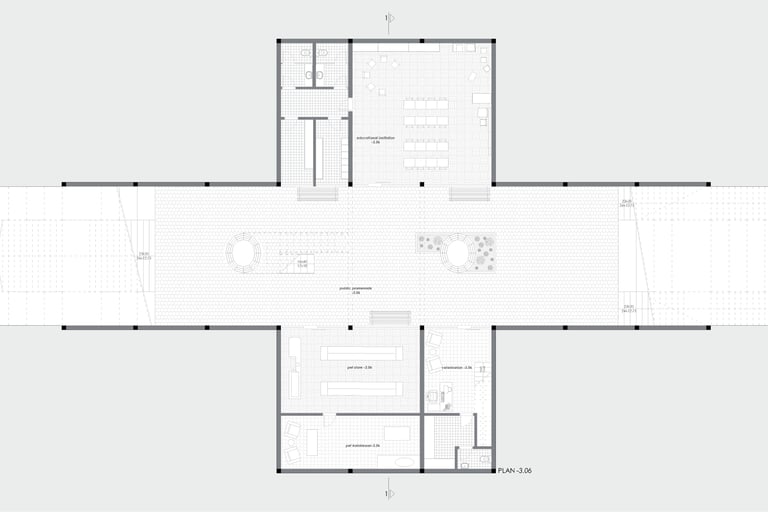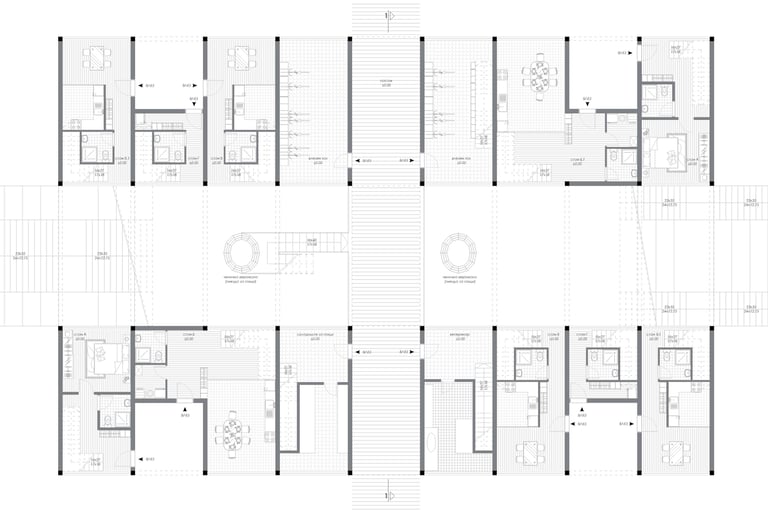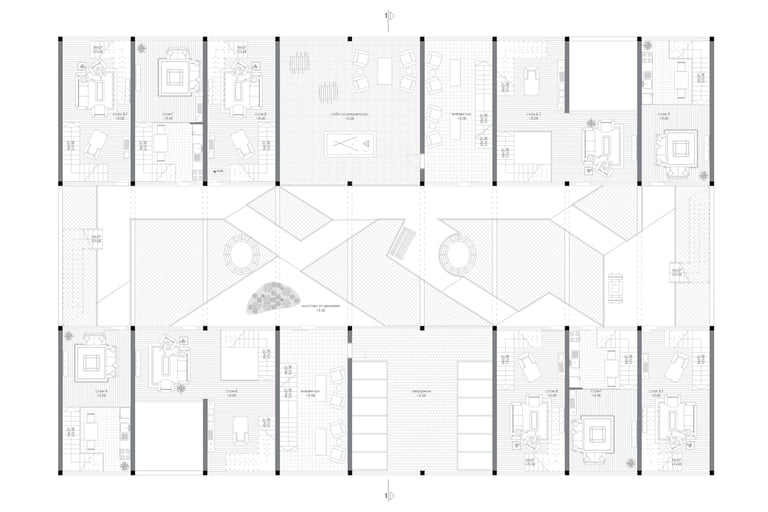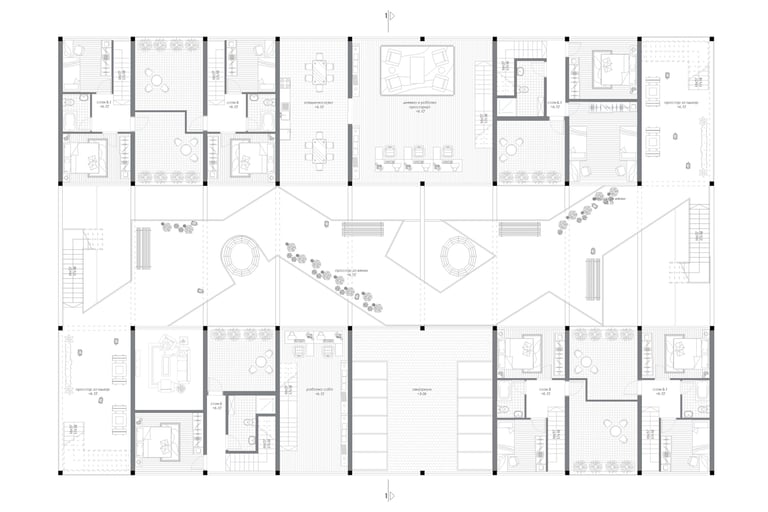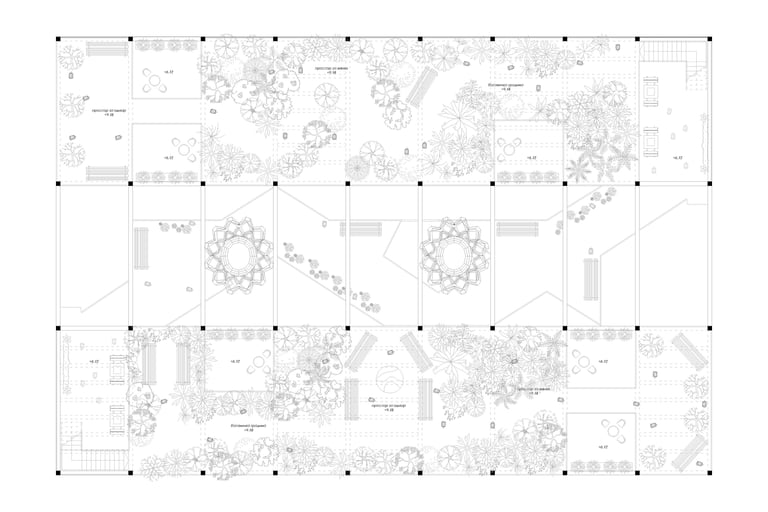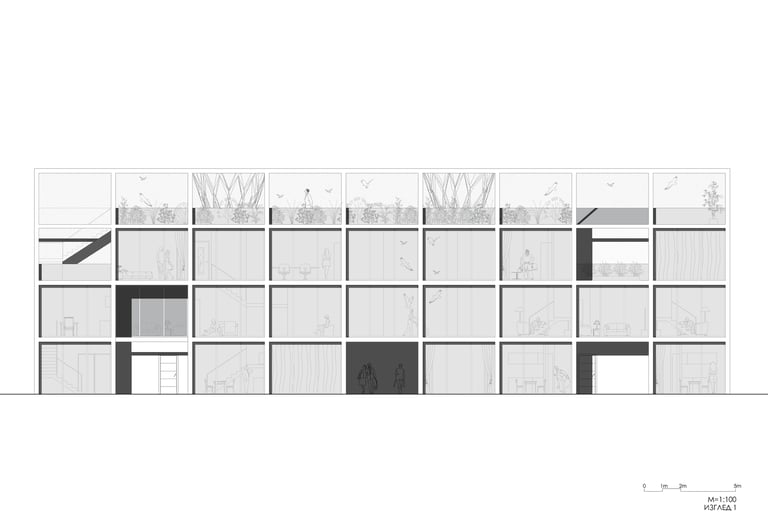Villa Jumanji
Design Studio Growth 2.0 - URBAN VILLA
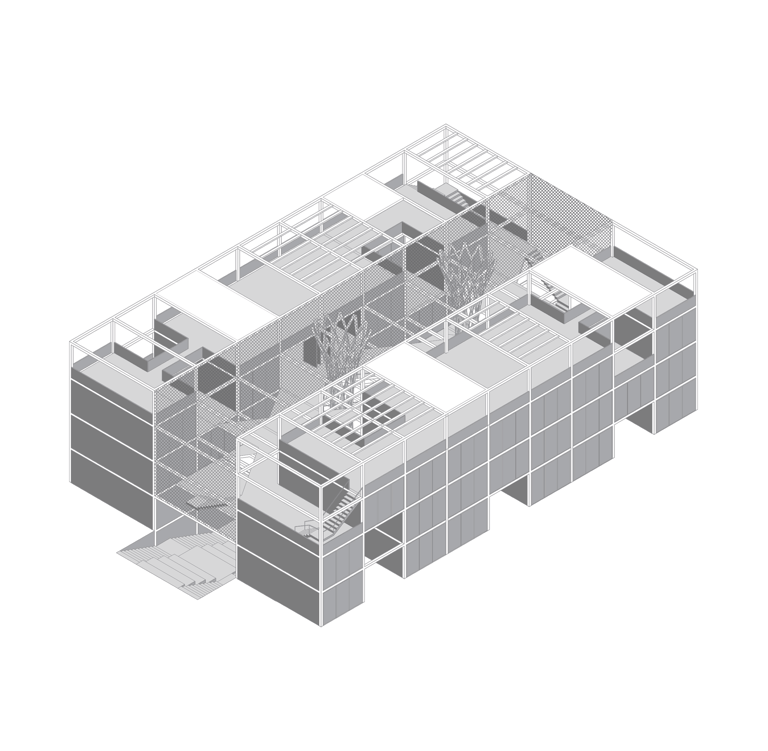

Internal Landscape
Street - Promenade
Zoo Effect
The concept of the urban villa transcends traditional residential typologies centered around the functional organization of home and family. It embraces the evolving dynamics of contemporary lifestyles, particularly those shaped by experiences of sharing, openness, and generosity. By being detached from a fixed location or direct contextual constraints, the urban villa offers a unique opportunity for typological experimentation, allowing for a redefinition of the concept in both spatial and social terms.
Shared Spaces
Multiplication of Individuality
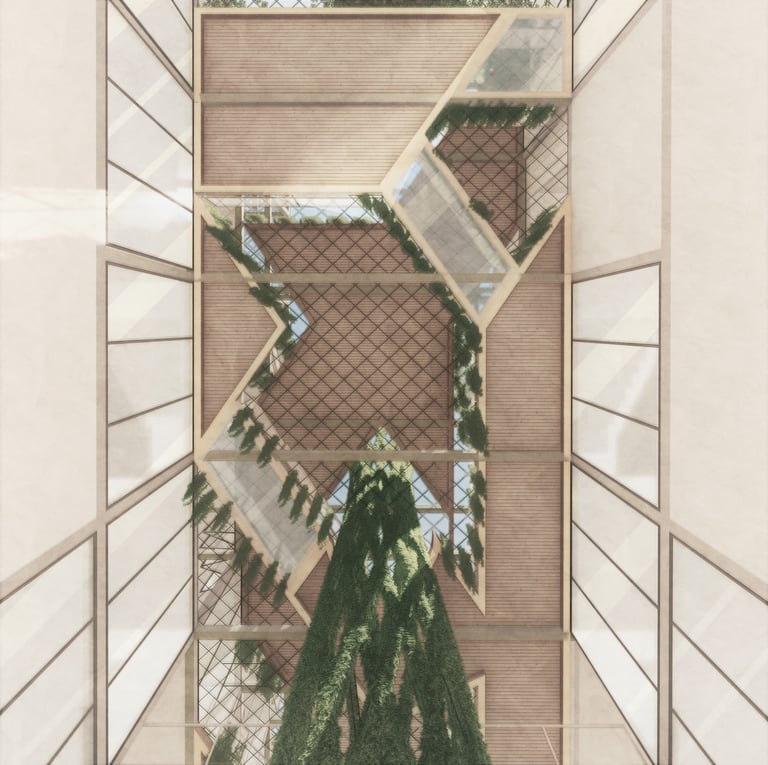

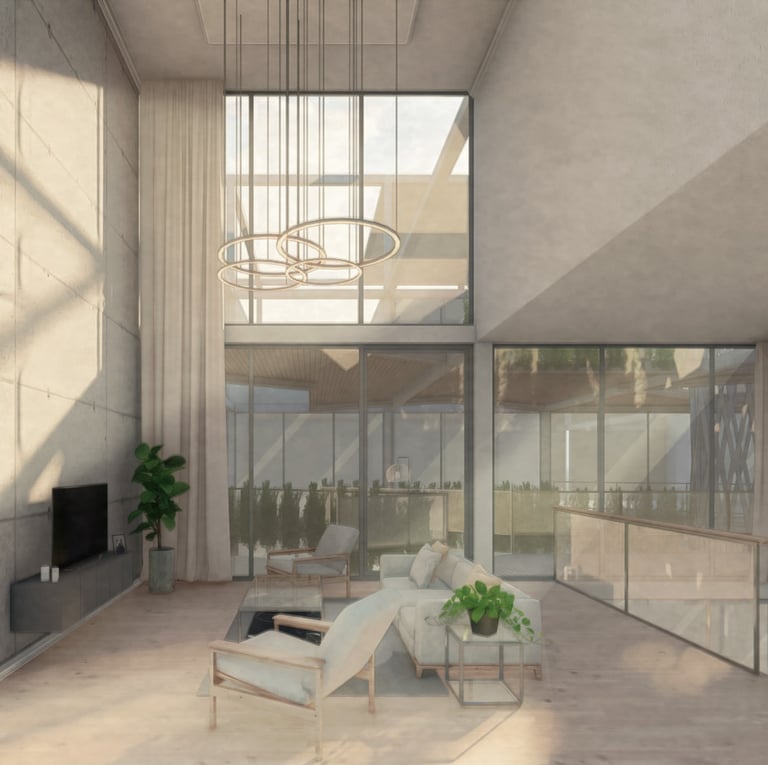

Fauna is taken as a central element in shaping the community, stemming from the need to create spaces where animals and plants are in direct correlation with human habitation. Creating such a harmonious living environment makes these spaces highly narrative, fostering a new kind of interaction, spaces that could be applied and further developed in the future.
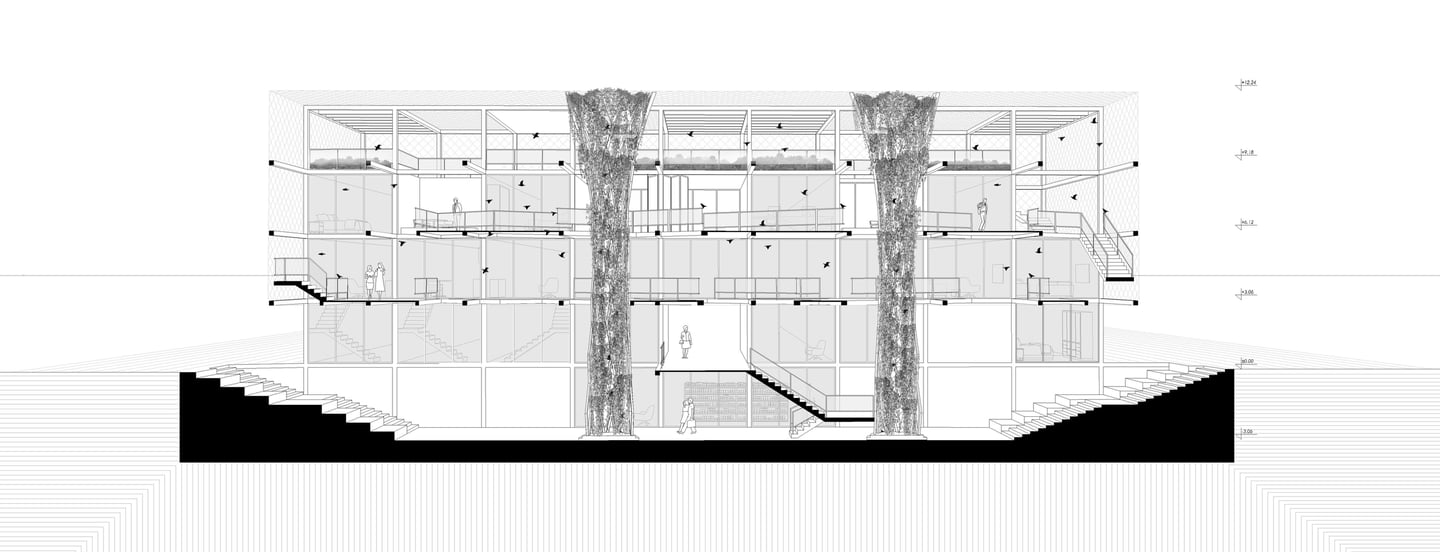

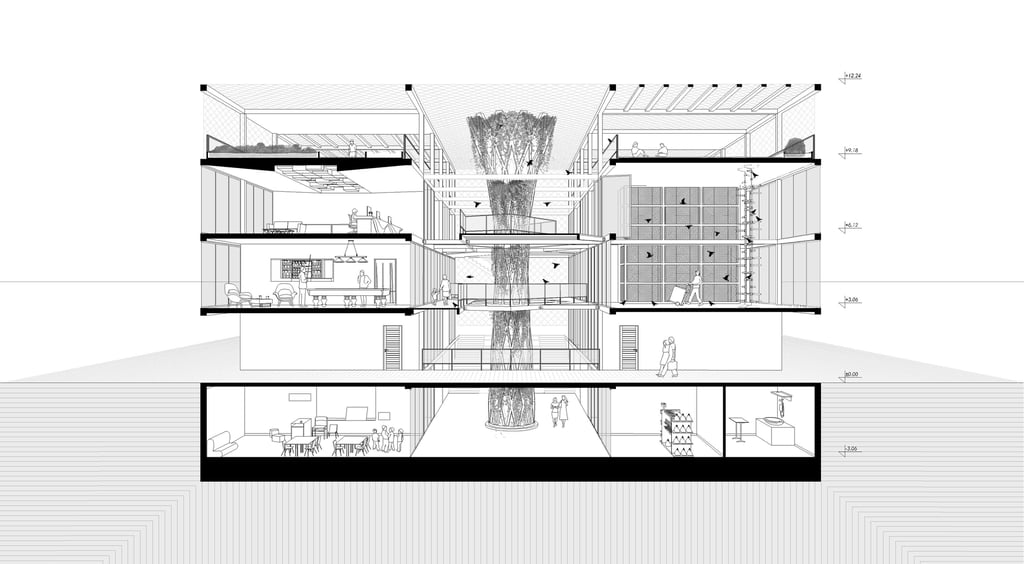

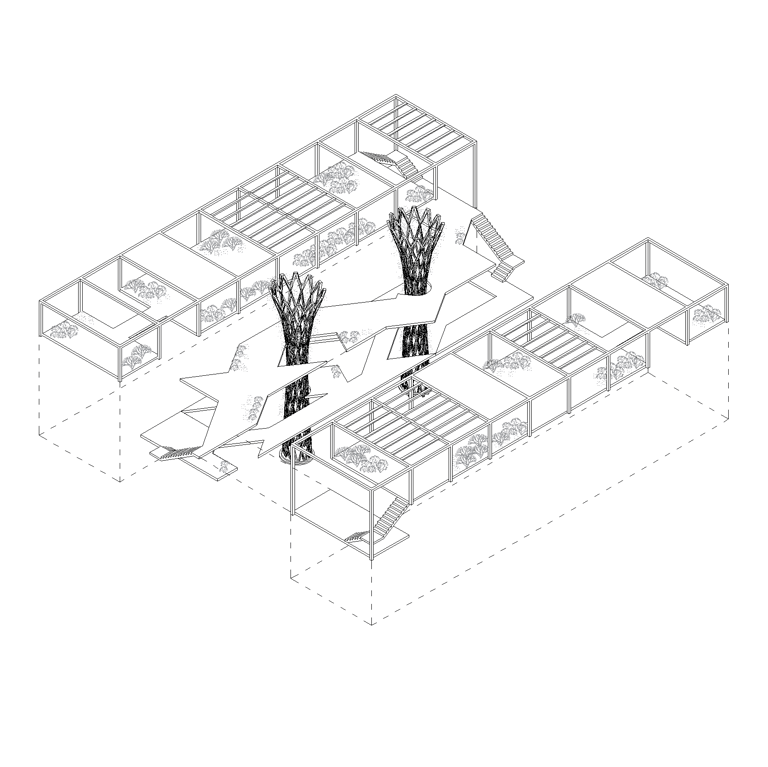

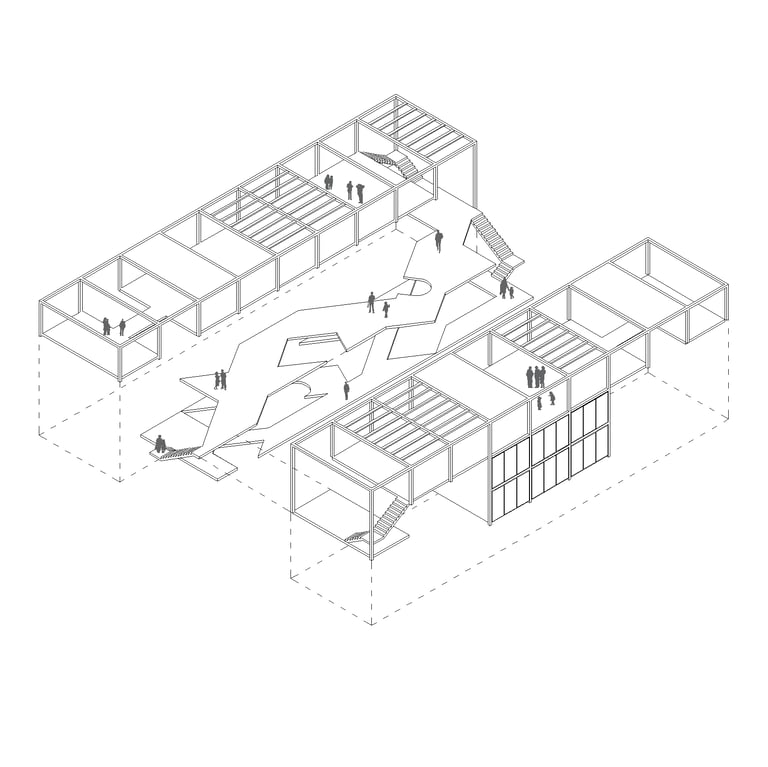

One of the fundamental aspects of designing a villa | urban villa is establishing a direct relationship with nature and enabling mutual interaction. As an independent structure within its environment, the urban villa offers various ways to integrate nature into its design. One of the most distinctive strategies is the use of inward-facing greenery. The irregular placement of plants and foliage throughout the interior enhances the connection between architecture and nature. By weaving greenery throughout the building, the urban villa creates a living experience where the user is constantly engaged with natural elements, even within the urban fabric.
Internal Landscape
Common spaces serve as key points of connection among residents within the building. A greater number of shared spaces enhances communication and fosters a sense of collectivity. The presence of both indoor and outdoor common areas allows for the development of friendly relationships and a stronger community. The design of these spaces is closely linked to all other aspects that define the villa as a whole. Outdoor common areas are integrated with greenery, adding value and character to the villa. Access to both indoor and outdoor shared spaces should be continuous and seamless, easily accessible, with diverse viewpoints that engage users and encourage them to actively use and share these areas.
Shared Spaces
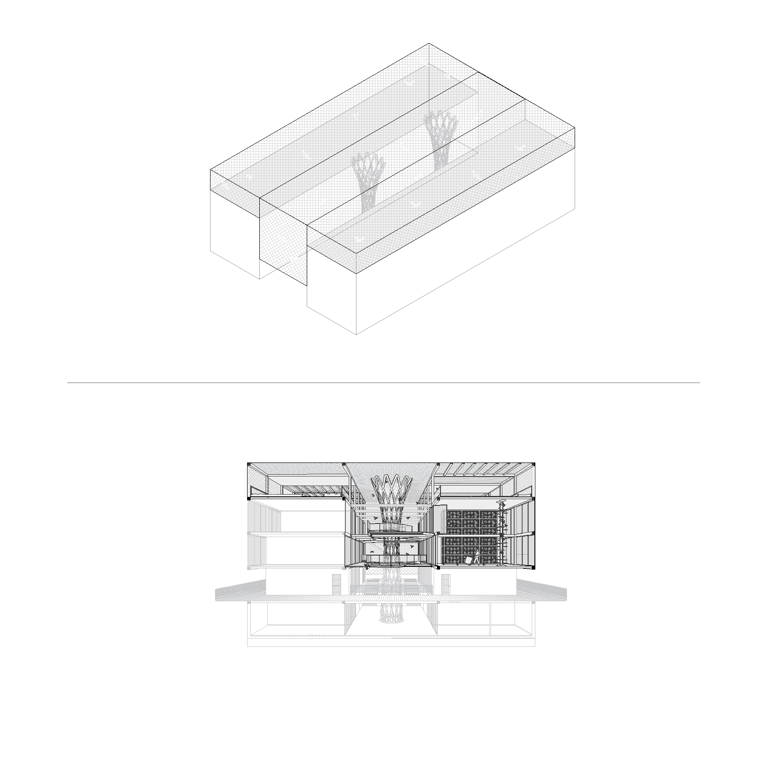

The promenade functions as a dynamic pathway for multiple users, encouraging interaction and offering a variety of spatial experiences. It is a semi-public element introduced within a private building, created by shifting the conventional axis of human movement. This subtle displacement, often defined by elevation, makes the space both inviting and intriguing, especially when fully open. Although there is direct visual contact with the private areas of the building, physical access is restricted, ensuring a clear division between public and private zones. The experience of sensing the building’s atmosphere from this external passageway makes simply being in the promenade a memorable and immersive experience.
Street - Promenade
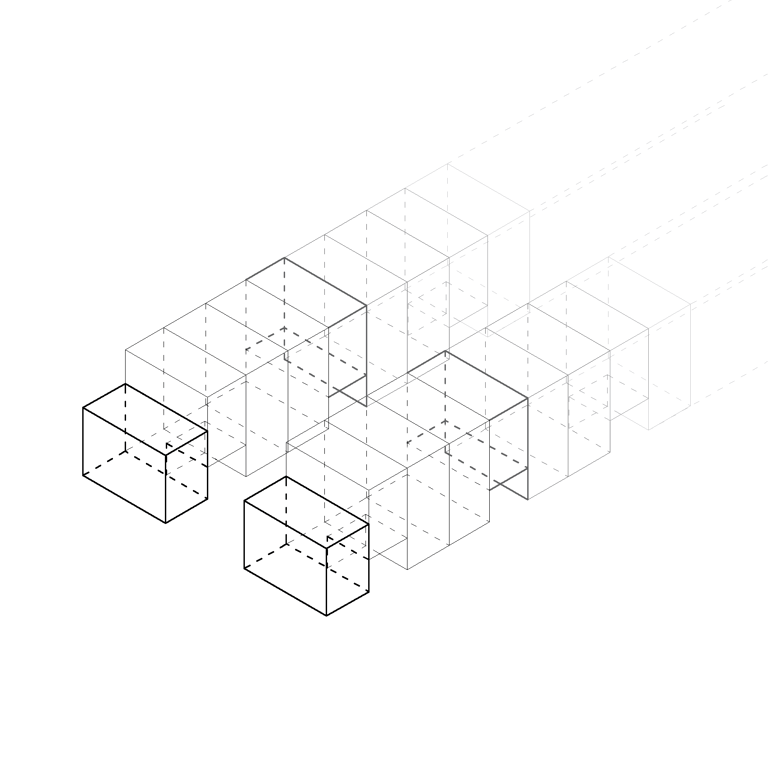

Individuality and the possibility for self-expression are key elements of the urban villa. This is achieved through a tailored approach to each unit, allowing them to exist independently from one another. By multiplying these individual units, a form of collective living emerges. Although each unit is clearly separated, together they form a cohesive community where individuals coexist and function as part of a larger whole.
Multiplication of Individuality
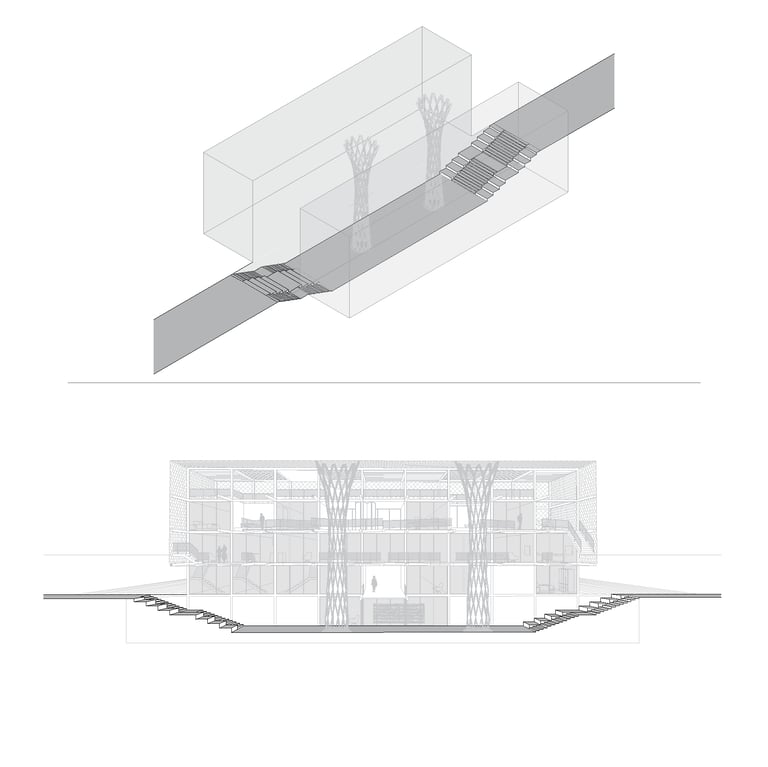

Animals and pets have become an increasingly important part of modern urban life. They are in constant interaction with us, shaping our daily experiences. In urban environments, where flora and fauna are often lacking, a new solution emerges: integrating animals directly into the living context of the villa. Here, spaces are designed to be shared with pets. Their presence not only introduces a unique atmosphere but also enhances the overall quality of housing. Contemporary needs and lifestyle trends inspire new movements in architecture, broadening the spectrum of thought and opening up new possibilities for designing living spaces that reflect a deeper connection between humans, animals, and nature.
Zoo Effect
The creation of a flexible housing system in which a multitude of units, both combined and individual, can function independently while also forming an urban villa that integrates easily into various urban contexts. Due to the high density of construction and the increasing appeal of city living, there is a growing need to develop new types of communities that emphasize collectivity.
